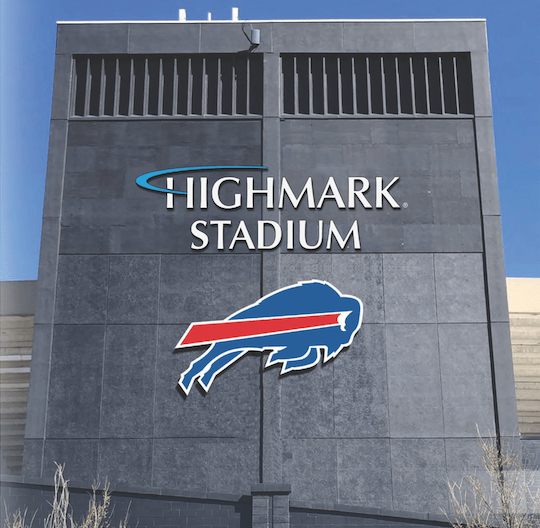How to Manage a Signage Rollout in 10 Simple Steps
Branding is more than just a logo or tagline; it's the embodiment of who you are as a business. In the physical world, one of the most impactful ways to showcase your brand is through signage. A well-executed building signage rollout can elevate your brand's visibility and credibility. That’s why we’ve put together this guide to ensure you know how to manage a signage rollout successfully.
1. Understand the Purpose of the Branding Signage
Every sign has a story to tell. Some guide visitors, others inform them, and some are purely promotional. Regardless of the purpose, each sign should consistently reflect your brand's identity. Before diving into building signage services like design and deployment, clearly define the objective of each signage element, be it informational, directional, or promotional.
Read More: What You Need Before Starting A New Building Signage Rollout

2. Research and Analysis
Understanding your audience is pivotal. Who are they? What captures their attention? Studying competitors' signage strategies can offer insights into industry best practices. Moreover, location analysis ensures your signs are placed where they'll have the most impact without breaking any regulations.
3. Design Considerations
Your signs are the visual ambassadors of your brand. Ensuring brand consistency, from colors to typography, is crucial. Additionally, prioritize clarity in your designs – a sign that can't be read serves no purpose. Remember to also keep designs flexible. As your brand evolves, your signage might need minor updates; modular designs can accommodate these shifts without starting from scratch.
Read More: Crucial Considerations when Designing for Signage
.jpg?width=540&height=722&name=7Eleven%20Cabinet%20Sign%20(1).jpg)
4. Materials and Durability
Take the time to consider the materials used for your signage, especially outdoor signs that will have to handle storms, snow, direct sunlight, and other natural weathering. Signage is generally a long-term investment, so consider the longevity you desire from each sign and choose materials that will last.
5. Integrate Technology
The digital age has breathed new life into signage. Digital displays offer dynamic messaging capabilities, and interactive elements like QR codes bridge the physical-digital divide. When embracing new technology, always ensure that the technology enhances the brand experience, not detracts from it.
.jpg?width=800&height=534&name=An%20outdoor%20digital%20message%20center%20for%20a%20pizza%20restaurant%20(2).jpg)
6. Planning the Rollout
A haphazard rollout can dilute your branding impact. Decide between a phased approach, unveiling signs gradually, or a simultaneous one that creates an all-out brand splash. Align your rollout with other brand campaigns for maximum impact and ensure installations cause minimal disruptions.
7. Testing and Feedback
Before a full-scale rollout, consider a pilot phase in key locations. This trial run offers invaluable feedback. Maybe a sign's font isn't as readable as thought, or its placement obstructs foot traffic. Use this phase to iron out any kinks.
Read More: 7 Business Signage Tips for Maximum Impact
8. Training and Staff Involvement
Your staff should be brand ambassadors. They should understand the brand message each sign conveys. If digital signs are part of your strategy, ensure staff are trained in their operation and basic troubleshooting.
.jpg?width=800&height=534&name=Santoras%20How%20to%20manage%20a%20signage%20rollout%20example%20two%20(1).jpg)
9. Evaluation and Continuous Improvement
Like all branding efforts, evaluate your signage's effectiveness. Are more visitors entering your store? Are more people scanning the QR code on the promotional sign? Use these metrics to refine your strategy.
10. Work with a Vertically Integrated Service Provider That Can Show You How to Manage a Signage Rollout
A building signage rollout is a large project, involving:
- Visual design
- Legal analysis
- Permit acquisition
- Physical fabrication
- Delivery and installation
Rather than working with separate firms for building signage services, many businesses choose to work with a vertically integrated signage company like Flexlume, which has specialized teams that know how to manage a signage rollout from top to bottom. Having every department under the same roof allows for immediate communication, and offers a single point of contact for the business to work with.
Read More: 10 Benefits of a Vertically Integrated Sign Manufacturing Company
Your brand deserves to shine, and with the right signage strategy, it will. From design to deployment, every decision should be intentional and reflective of your brand identity. In this ever-evolving business landscape, adaptability is key, and with a well-executed branding signage rollout, your brand will always be front and center.

